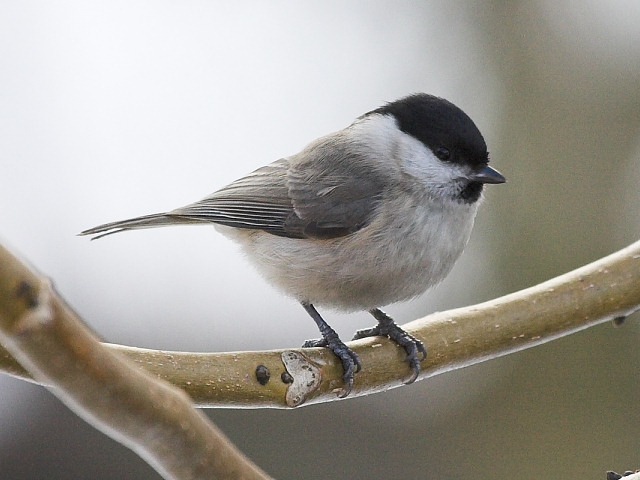N. S. Clayton, J. R. Krebs
Edward Grey Institute, Department of Zoology, South Parks Road, Oxford University, Oxford OX1 3PS, UK
Accepted: 15 October 1993
Abstract. Two storer/non-storer pairs of species, marsh
tit (Parus palustris)/blue tit (P. caeruleus) and jay (Garrulus
glandarius)/jackdaw (Corvus monedula) were compared
on a one-trial associative memory task. In phase I
of a trial birds searched for a reward in one of four feeders
which differed in their trial-unique spatial location and
object-specific cues. Following a retention interval, the
birds had to return to the same feeder to obtain a further
reward. In control trials the array of feeders was unaltered,
whilst in dissociation tests it was transformed to
separate spatial location and object-specific cues.
In control trials there was no difference in performance
between species. In dissociation tests, the two storing
species went first to the correct spatial location and
second to the correct object-specific cues, whereas the
two non-storing species went first with equal probability
to the correct spatial and local object cues.
Monocular occlusion was used to investigate differences
between the two eye-systems. In control trials there
was no effect of occlusion. In dissociation trials, all 4
species preferentially returned to the feeder with the correct
object-specific cue when the left eye had been covered
in phase I and to the feeder in the correct spatial
position when the right eye had been covered in phase I.
These results suggest that (a) food-storing birds differ
from non-storers in responding preferentially to spatial
information and (b) in storers and non-storers the right
eye system shows a preference for object-specific cues and
the left eye system for spatial cues.
Suscribirse a:
Comentarios (Atom)















